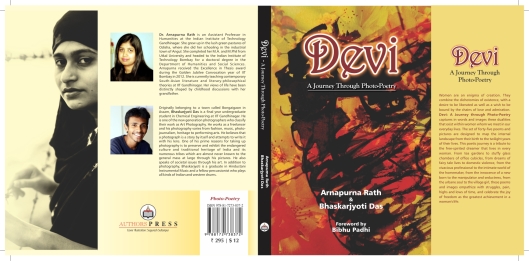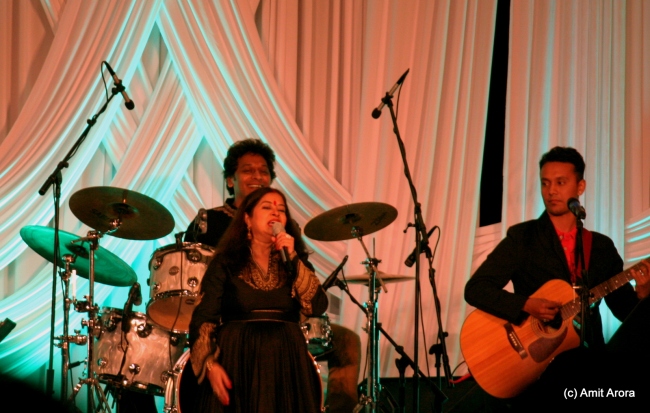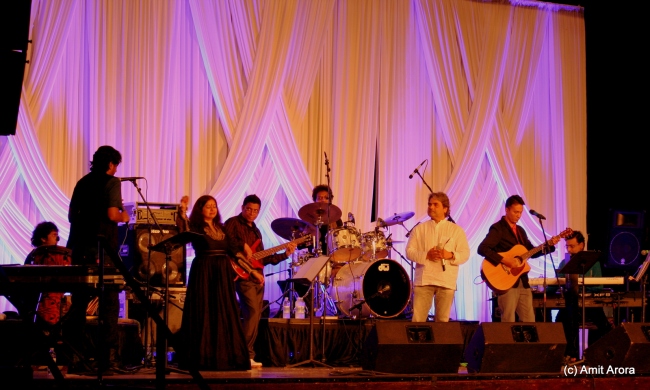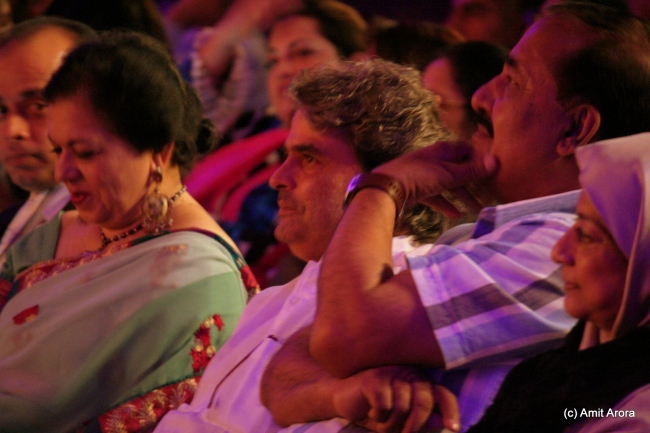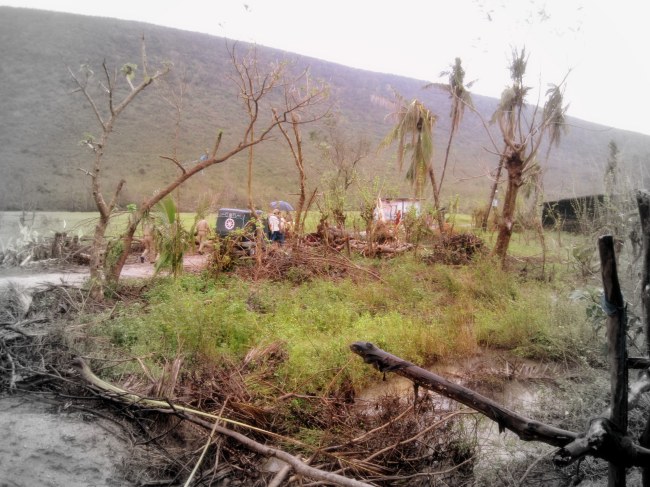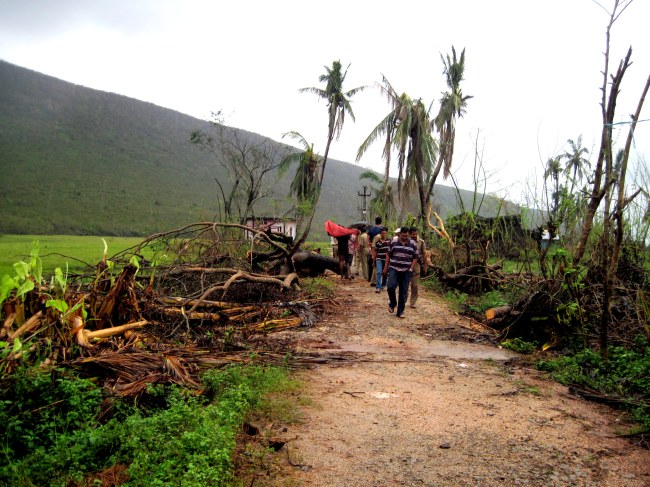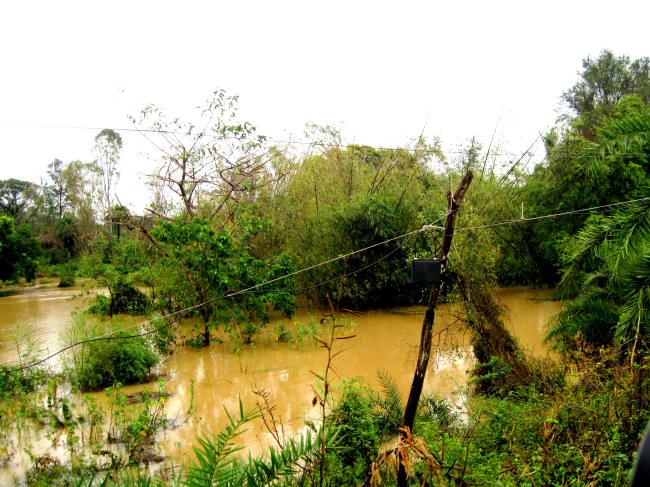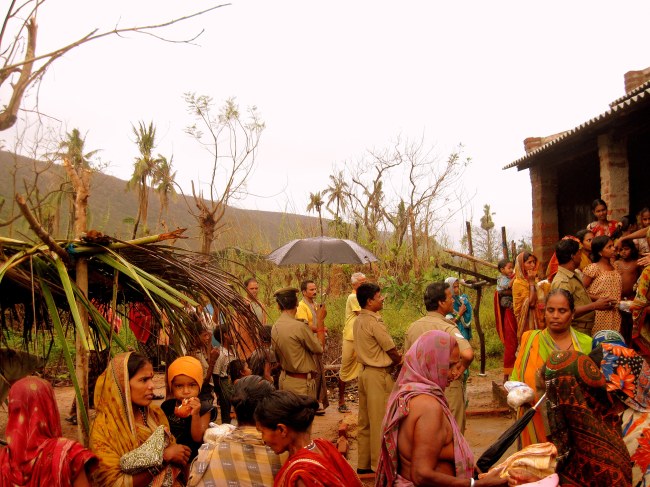Tags
Dear all,
A happy teachers day to you.
I request you to have patience if you choose to read this open letter. I have been following several discussions across campuses regarding the use of language and appropriateness of language with animated interest. This conversation follows my own interest in the relation between languages and societies, and about allowing the “grotesque” in languages and cultures. I hope I am not read as a “holier-than-thou” preacher or as a new advocate of a new censorship through this article. The use of slang and ‘cuss’ words in colleges is a part of the new found independence that as students we all treasure. We have the “IIT Lingo” that is a set of words and abbreviations that are unique to each IIT. They are interesting identity markers, but there is something that still lurks between the “official” and the “unofficial”. There are certain words and statements which are “allowed” and in fact encouraged in hostel premises, but we tend to leave those words and terms in hostels and in our individual chat rooms. This article emerges from anguish and from a concern for a society that we all intend to contribute to in our best possible capacity.
A couple of days ago I was about to start some discussions in my class on the white-board, and the moment I turned around to face the white-board, I encountered this statement clearly etched out: “Maths is Fucking Awesome”. I have been coming across the use of explicit in many other social and individual contexts as well. They seem to have defined the “freedom” and “autonomy” of students. While I deeply admire and respect the sentiments of freedom of speech, of anonymity, and of creative dissent, I could not resist getting into an animated conversation with my class for a while regarding the appropriateness of ‘cuss’ words and if it is alright to be using these words as a part of public display of our emotions. Why not? That is also a part of language and a way of expressing our anger and frustration. Why not? It makes us sound bold and cool. Why not? After all, our movies Delhi Belly, No One Killed Jessica, Mardaani… all use words that are “fucking” awesome. While using the word “fucking” in this article (believe me I am doing this for the first time in any article I have written so far), I felt my adrenaline rush, it gave me a high as it perhaps does for other users. In fact, I have been wondering, does that make me sound “cool” and “sexy” as a Professor? Maybe to some extent or maybe not. This point reminds me of a conversation I had with a scholar years ago. The scholar insisted that in order to be called an “intellectual” you “should” be a social drinker. My rebuttal was “if I have to take to drinking as a personal choice, I might go for it but if I “have” to get a licence to be called an intellectual only through drinking, I rather refrain from being branded as an intellectual”. Explicit language is one such intoxication. The more we use them, the more we want to use these words in both written and spoken forms. We never know at what point of time, the words that sounded “cool” during college days, might brand us as “abusers” in the long run, when we use the same words against our wife/husband, children, friends, or colleagues. At that point of time, we might regret the same words that once made us feel proud about ourselves and gave us a high.
As someone who teaches Literature and at times Language to students, this overwhelming use of explicit in college corridors, classrooms, television shows, sounds plain awkward to my ears. Maybe I come from an “old” school of thought, with an idea that if I have to kill someone, I have to know my language well and I have to write better so that my words themselves can kill. I do not subscribe to the view of language reaching the extent of profanity, and the formal reducing itself to the level of ludicrous without achieving any purpose. At the risk of sounding too pedantic or exhibiting my knowledge, I beg to cite a few pieces of writing. In conventional British literature studies, there is an age called the “Age of Satire”, starts late seventeenth and early eighteenth century, led by people like John Dryden and Alexander Pope, with biting satirical pieces like “Absalom Achitophel” and “Rape of the Lock” that satirized the functioning of the British monarchy and other socio-cultural aspects of their time. However, there is not a single “fuck” or “f***” (whatever form you may chose) word in there. They shook the foundations of the British monarchy with just one or two long poetic pieces. Mahatma Gandhi’s writings can be looked at as pieces of high quality satire; Hind Swaraj shakes the foundation of the Empire in India. Gandhi can be “fucking awesome” or he can be “simply brilliant”. The choice of words and expressions is ours, but the reception of the reader or the listener is their own. Take another example of the poet named P. B. Shelly who was expelled from Oxford because of a 13 page pamphlet “Necessity of Atheism”. Legends say, Shelly scared “the s***” out of Oxford (or may we say “Shelly antagonised Oxford in an unprecedented example of satire”?), without using even one explicit, such that he had to be expelled from college. There is a thin line of demarcation between trivializing and critiquing, and sadly, I am getting the vibe of an abject trivializing through the use of explicit, than actually developing an “original” critique. We are learning to acquire a few terms, a few theories, a few linguistic and cultural insights in bits and pieces, and instead of getting intrigued by the need for more, we land up being satiated by these crumbs and use them to our own sweet purposes. Why not do that? Our society needs par-blind intellectuals who can see only one side of the moon, so that generation after generation we live with similar intellectual and spiritual parasitic tendencies, depending on other parts of the world to provide us nourishment instead of developing our own path.
I have been a regular on social network sites (use it also for academic purposes), and when I perch on one or the other “that-which-shall-not-be-named” site, I enjoy reading the conversation against courses, “profs”, “admin” and so on. In fact, I feel elated that students can actually raise their voice in a fearless, uncensored manner and can actually help in changing systems. However, of late when I read the comments on some of these sites, they sound downright ‘popcorn-goonish’ to me. Social sites are places where our actions are observed by people who might “covet” for the place and the time that we are living in. Responsible networking is also a part of social ethics and sadly when I perch on certain pages, I feel quashed to pulp, not by the brilliance, but by the abjection of language. In the medieval times in European theory, we studied a beautiful phenomenon called the “grotesque”. However, the “grotesque” was allowed only in the carnival square not in the “officialdom” of even the medieval world.
Indians have been a victim of linguistic imperialism for centuries, in the nineteenth and twentieth century by British-English and in the twenty-first century by Americanization of English language. As someone who observes these phenomena at an academic level, I feel helpless as a mute spectator watching the changes of our times and their times.
If I have taught any of my classes at any point in time, the use of cuss words and explicit language as a way of sounding “cool”, kindly accept my public apology.
(This article is slated to be published by the alumni magazine of IIT Bombay in one of its forthcoming issues)


